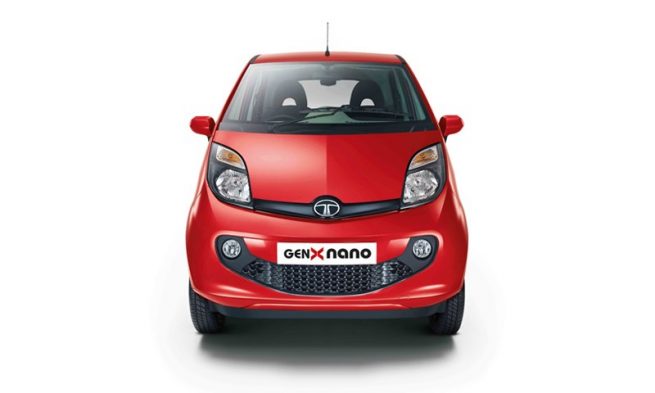The Tata Nano was the crown jewel of Tata back in 2009, it was Tata’s Tesla Model 3 in the sense that it was Tata’s effort in bringing a car down to a ridiculously low price to make it accessible to everyone. But Tata’s project was way bigger!
The Nano was Tata’s dream! It launched with a base price of just Rs. 1 lakh, making it the cheapest production car in the world. In fact, documentaries were shot on Tata’s triumph. But Tata in 2009 did not know that the Nano’s woes were about to begin!
Mediocre Marketing – Marketing was not Tata’s cup of tea back then and the marketing was not up to the mark for this car. A car priced this low needs adequate marketing to cover costs, and, well, advertise the car.
Tata went full beans on their marketing initiatives but they were too aggressive on using the term ‘cheapest’. Unfortunately, the car landed upon us when we were using the word ‘cheap’ as a metaphor to criticise the bad quality of something. This created a stigma that caused the public to perceive the car as inferior, which it certainly was not!
Financial Errors – Tata invested a lot of money into this project. They engineered an entirely new engine, a two-cylinder unit and built the Sanand plant in Gujarat primarily for the Nano. As one can imagine, these investments were not cheap!
Now, these costs are quite normal for a car in general. But when this car costs just a lakh, the margins are quite low, hence recovery of investments is solely dependent on the volume of sales, which is dependant on proper marketing. See how these are interlinked?
Tata also made another error by launching the Rs. 1 lakh variant from the get-go. This caused some serious stability problems in production, as sales initially skyrocketed for the base model. Tata could have waited and slowly released the base model of the Nano a few months after the launch of the car. This would have given them time to stabilise their production and remove the build quality issues the car initially had.
Consequence – The Nano failed to create a niche for itself. This meant that the Nano was seen as a rival for the Alto. The problem was that the Nano undercut the Alto so heavily in terms of price that it features and engine did not stack up against the Alto. The Nano, however, was the value king. It received immense praise by journalists for its stellar value. But the public seemed to have a different opinion, as the Alto’s sales soared, whilst the Nano’s sales slowed.
The Nano was supposed to help budget bike buyers work their way up to a car. A bike alone cannot fulfil the needs of a family.
What did Tata do? – Tata ended up embracing the competition and changed its target audience to young, urban car buyers. This was evident in 2013-14, with the introduction of new variants in the top-end. Tata launched Nano Twist variant with power steering along with an ad campaign that had the cars running on the side of the walls of buildings. Its main selling point became its nano size, and not its price now.
This improved sales but only marginally. Unfortunately, all of these factors slowly brought the sales of the Nano to the zero mark as of January 2019.
Should Tata reconsider the discontinuation? – As of now? No, not at all. Tata is in the midst of forming a new identity for themselves as a safe and a premium brand and the Nano will not help them in any way. Plus, they’ll have to redesign the car for the updated safety and emission regulations for 2020, which makes no sense economically. Unless the government provides some subsidies to promote sales, Tata has no reason to bring back the Nano.
The Nano’s chances of resurrection seem grim as of now.
Conclusion – The Nano was Tata’s most ambitious project. Tata managed to achieve the unthinkable! Tata surprised all of their competitors, and international brands with the Nano because of the fact that this project was so big but the margins were incredibly small. This project is a testament to the goodwill of Tata.
Things did not fall in place for Tata or the Nano at the time, which led to the collapse of this project! It truly is very saddening to see such a good project go away because of a few simple mishaps, the biggest one being the shifting of production from Singur to Sanand. The Nano will always remain as one of the greatest cars in the world.
Tata Nano Failure
-Tata did not come up with a special financial strategy for the Nano
-The marketing campaign launched initially slowed down sales for the Nano
-These two factors hindered the Nano’s sales heavily, slowing the growth of the car

